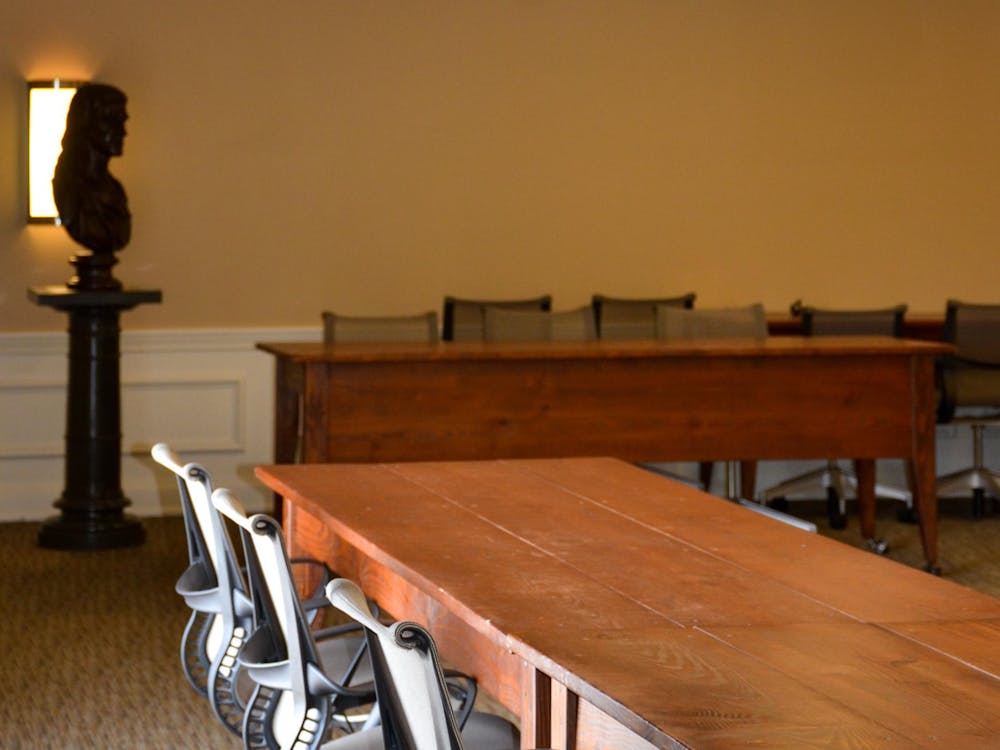February 5, 2005, four of the world's eight multi-hulled super-yachts slid out of the port city of Doha in the Middle Eastern Gulf State of Qatar and began one of the most extreme sports events in history: a grueling 40,000 kilometer sailing race called "Oryx Quest 2005."
The route took the huge vessels down the Indian Ocean into the Southern Ocean around Antarctica, cutting past Cape Horn and through the Cape of Good Hope and then northeast back into Doha. April 10, 63 days after the race began and three hours short of nine weeks at sea, Qatar's entry Doha 2006 slid across the finish line to the sound of thunderous cheers from Qatari fans, beating its competitors and the most dangerous environment in the world to win the largest prize in yachting history: a cool one million U.S. dollars and a silver, diamond and lapis lazuli trophy standing 62 centimeters tall.
Aside from the best international yachtsmen working their decks, these giant double-hulled catamarans and triple-hulled trimarans, each over 100 feet long and capable of speeds faster than 40 knots (74 km/h) powered only by the wind, boast some of the most cutting-edge technology on the planet, according to www.sciencedaily.com. Each vessel is equipped with multiple satellite-fed computers, including the latest version of the European Space Agency's EnviSat and the Canadian Space Agency's RadarSat, two advanced iceberg-detection programs. The satellites use Advanced Synthetic Aperture Radar (ASAR) to study 400 km swaths of ocean at a time looking for the differentiated returns from the surfaces of icebergs. Images of the race routes ahead are sent to each vessel every day to prepare them for ice fields, helping their crews to maintain speed safely. Oryx Quest 2005, the first around-the-world race to begin and end in the Middle East, marked the first time these programs were used in the Southern Hemisphere.
Throughout the race, a media person was on each yacht sending video, images and e-mail to the world media to assist in achieving the Crown Prince HH Sheikh Tamim bin Hamad bin Khalifa Al Thani's goal of establishing Qatar as a leading venue in international sports events.
Larry Rosenfeld, the American navigator of the high-tech 110-foot catamaran Team Adventure and executive director of the Team Adventure Organization, was slated to race with his crew in Oryx Quest 2005 as a fifth competitor but unfortunately had to pull out at the last minute.
"We were trying to break the transatlantic record from New York to England






